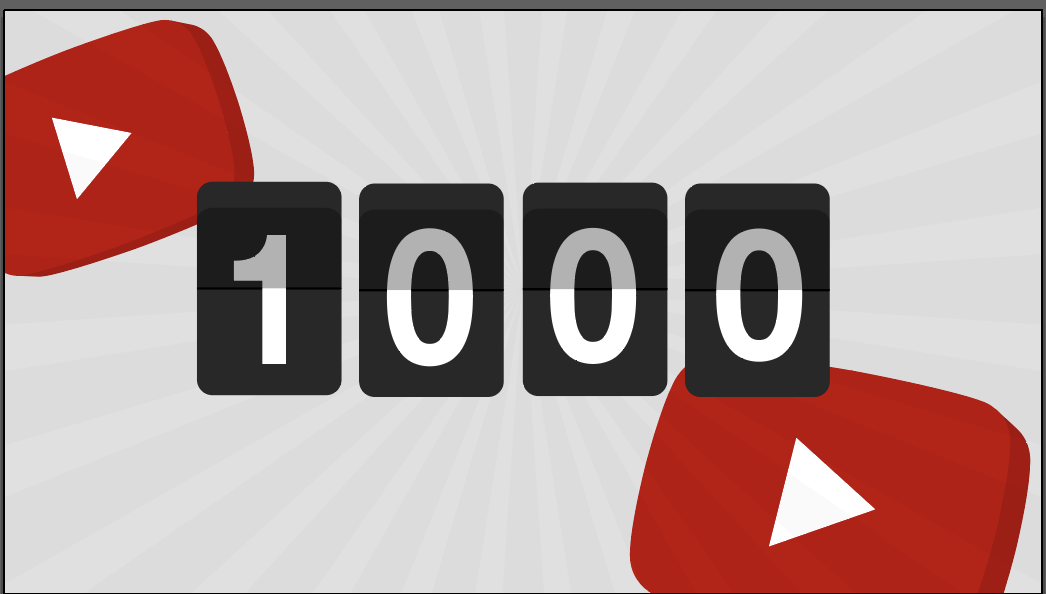

Creativity isn’t your problem. You’ve got that in droves. You’ve also got an engaged audience – they comment, they tell you what they think; you guys are tight. Plus, you get a decent amount of monthly views. It’s taken guts, motivation and passion to get where you are. And you should be proud, except pride won’t pay the bills…
So, we’ve produced a guide, in the form of a free eBook, to growing and monetizing your video content. It will help you to unlock new revenue streams from the content you already produce. Here’s how, in summary:
- Thorough channel health check and optimization
- Time management best practices for content creators
- Setting goals and analyzing your metrics
- AdSense, YouTube Partner Program and Facebook Watch best practices
- Diversify: brand partnerships, affiliate links, subscriptions or online courses
- Content localization and breaking into new audiences
If it was as easy as following a list, you’d be doing all of this already, so let’s flesh out how taking these steps will send some of YouTube’s $15.1 billion of ad revenue your way, land you a lucrative partnership or get affiliate links working for you.
Thorough channel health check
The appearance of your channel matters, as does how it’s organised. So spend time considering its exterior: thumbnails and titles, the look of your channel pages and the actual content of your videos. Next, make sure your channel’s internals are working. By that we mean, optimizing your metadata to give your channel the best chance to thrive.
Time management best practices for content creators
Knowing your way around a spreadsheet was never a life ambition of yours, but if you’re serious about cashing in on your passion, it’s worth succumbing to their orderly allure. Unlike the Internet would have you believe, they don’t have to be complicated and there are some excellent free templates around to get you started. To name a few: Monday, Asana, Smartsheets and Trello. A regular schedule is a timeworn way to win over algorithms that like regularity. Time blocking and other prioritization methods are easy to learn and implement and can transform your output.
Setting goals and analyzing your metrics
Average view duration, click-through rate, cost per mille – all terms we’re familiar with, but regularly monitoring them and understanding which elements of your channel move what metric is critical to its success. Cost per mille, or cost per thousand, for example is the amount an advertiser will pay for every 1,000 advert impressions. This metric is a gamechanger because it can fundamentally inform your content strategy, by helping you work out what type of content to make, and which regions it should be marketed in/to.
AdSense,YouTube Partner Program and Facebook Watch best practices
Growing your channel to the size that qualifies it for the YouTube Partner Programme (that earns you access to revenue sharing from ads placed on your content) or Facebook in-stream ads is a great aim. If you’re already there, understanding how Adsense (the system that automatically serves ads over your content) calculates its payouts and how many payouts you need to hit a target figure will help you set content goals for ad revenue streams. Adsense revealed that 68% of any revenue earned from the advertisements placed in a video go back to the content publisher, so it’s worth it.
Diversify: brand partnerships, affiliate links, subscriptions or online courses
Direct in-channel advertising, while important, only accounts for around 10% of an established content creator’s income. There’s much more to be gained besides: from sponsorships, affiliate marketing, subscriptions, merchandize and even coaching and consultancy. Diversifying your means of earning gives you a higher chance of making a regular income doing what you love.
Content localization to break into new audiences
Even if you’ve optimized and expanded your content, if you’re posting only in English, you’re neglecting the rest of the market and, ultimately, a huge amount of potential revenue too. Consider this: only 33% of the content on YouTube is in English. That means the more languages you cover, the greater pool of viewers you can engage with, and the more you can monetize your output. There are lots of ways to localize your content – subtitles, dubbing, content recreation – it’s just a question of deciding which is right for your content, budget and goals.
In our free eBook, we build out a template for monetization success based on the journeys of the successful content creators we work with – How to Cake it, Yoga with Adriene, DIY Creators, to name a few. We elucidate the topics touched on here to arm you with a complete understanding of the next steps you need to take to unlock new revenue streams from the content you already make.
Join our monthly newsletter
Stay up to date with the latest news and updates.






